

A Guide to Visiting Champagne France: Cultural Landmarks, Wine Tastings and Fine Dining Await the First-Time Tourist
Subscribe to our Newsletter!
Get our latest news straight into your inbox


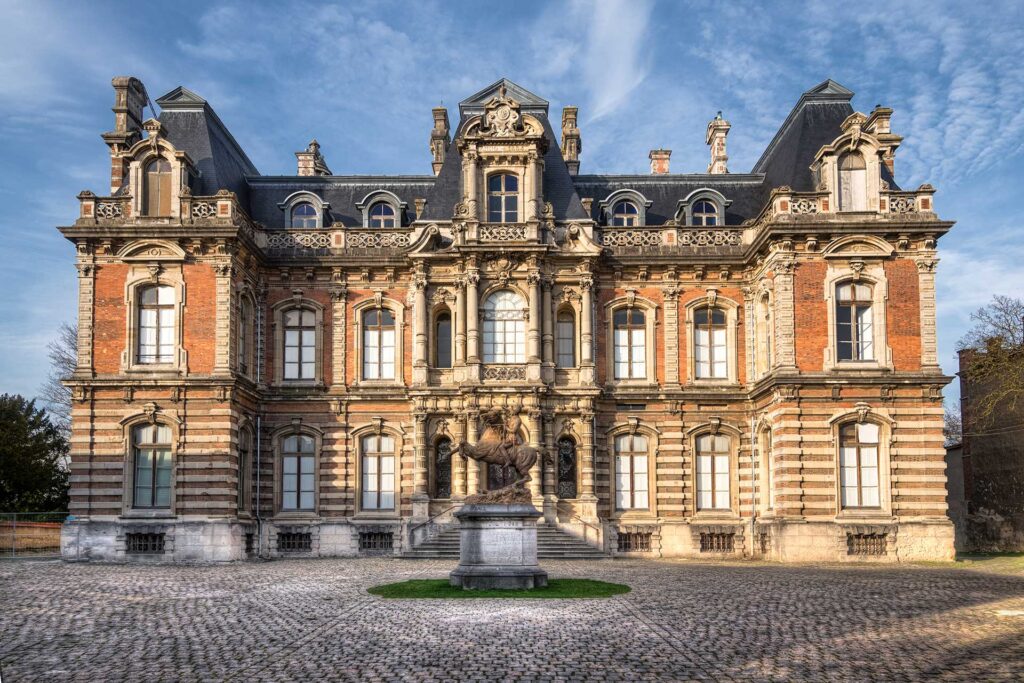



Épernay
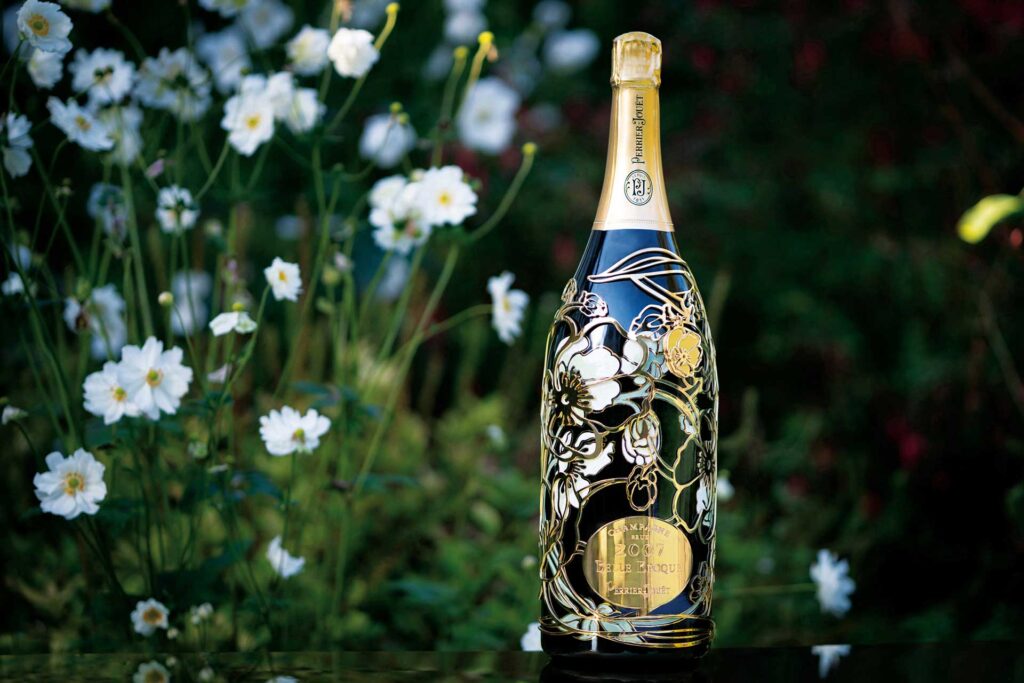



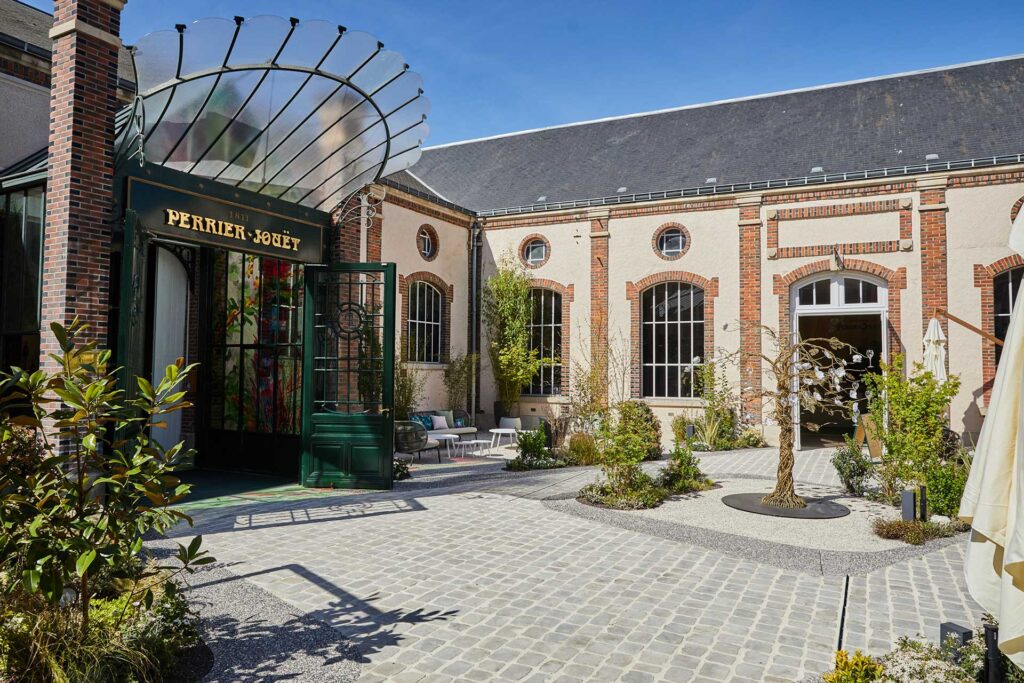

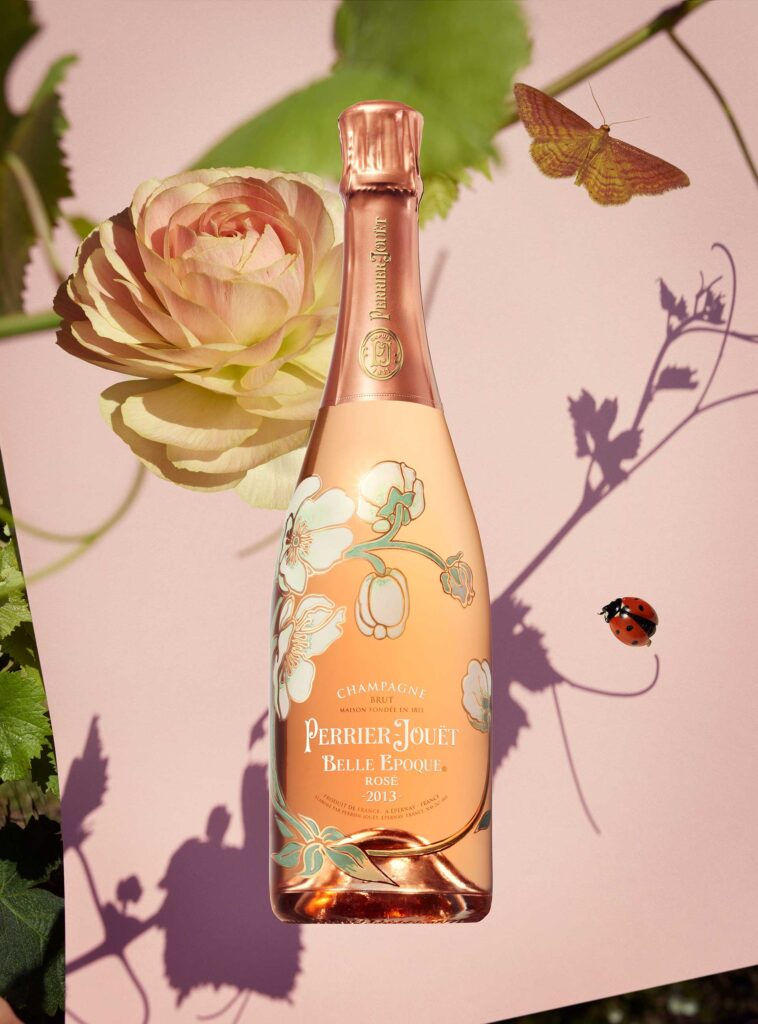

Reims
When Hugh Capet was crowned King of France in Reims Cathedral in 987, it was the beginning of that city’s 800-year association with royalty. First constructed in the 5th century and rebuilt many times since, the cathedral today is an awe-inspiring experience. Other high points in the city include the Palace of Tau, the Saint-Remi Basilica, and the Musée des Beaux-Arts.
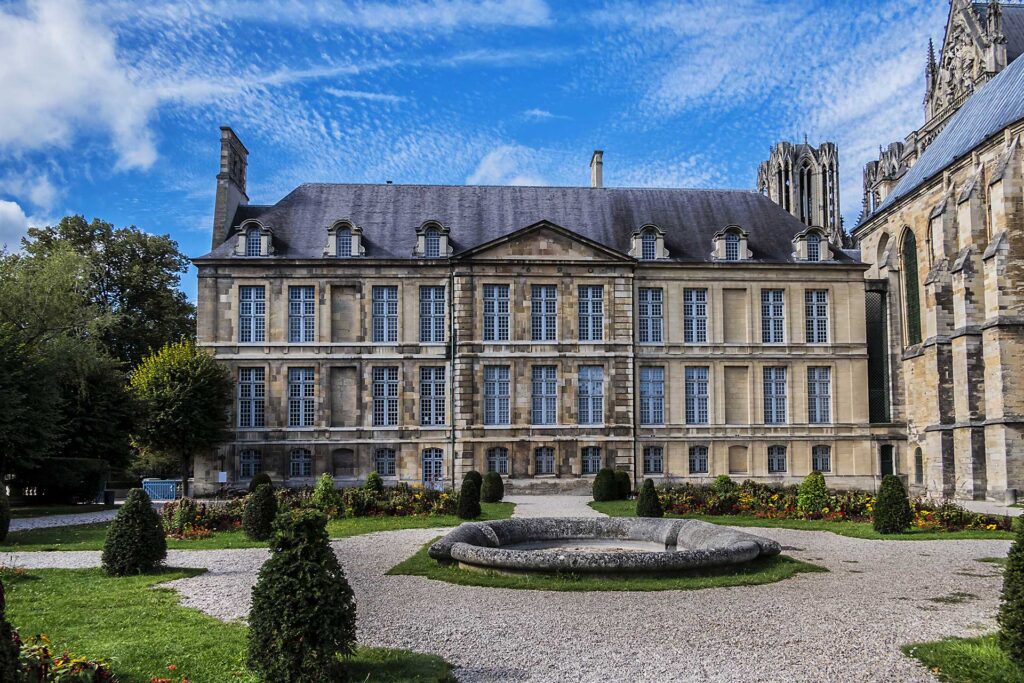

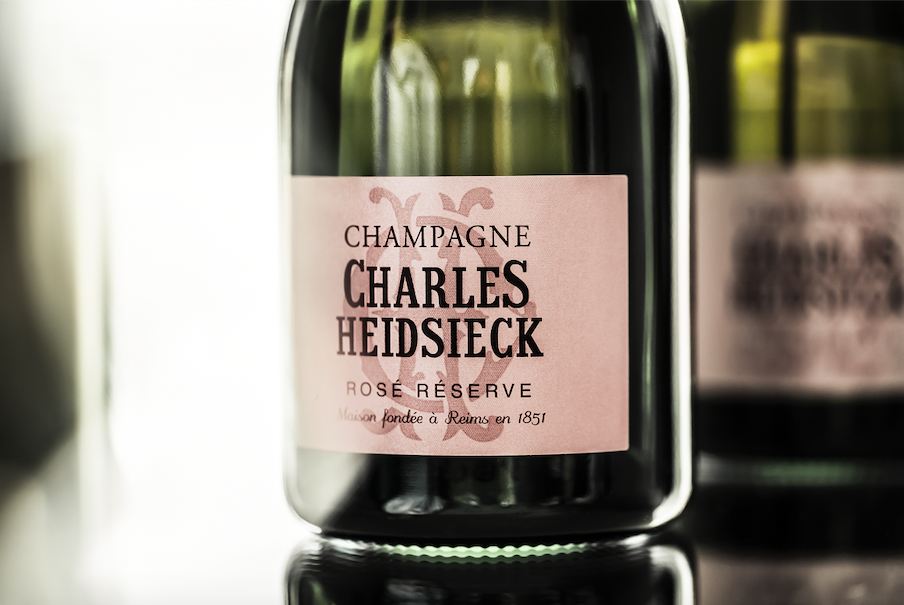

Gastronomy
L’Assiette Champenoise: Honored with the ultimate accolade of three Michelin stars, the restaurant was founded in 1975 by Jean-Pierre and Colette Lallemont. Today it is run by their children: sisters Magali and Mélanie, who supervise the dining room, and Chef Arnaud, who maintains the quality of the cooking. Located in an idyllic country setting, L’Assiette Champenoise contains 33 hotel rooms and suites in addition to a stellar wine cellar and unforgettable dining (assiettechampenoise.com).
Domaine Les Crayères: In the heart of Reims, Chef Philippe Mille offers refined and elegant cuisine and a list of over 600 Champagne labels at Restaurant Le Parc, holder of two Michelin stars. Guests may also dine at the less formal Brasserie Le Jardin or enjoy a drink at the stylish Bar Rotonde (lescrayeres.com).
How to Read a Champagne Label
Brut Nature (0-3)
Extra Brut (0-6)
Brut (0-12)
Extra Dry (12-17)
Dry (17-32)
Demi-Sec (32-50)
Doux (50+)
What Makes Champagne Unique?
– Advertisement –
Subscribe To Our Newsletter
Get our latest news straight into your inbox.
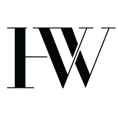

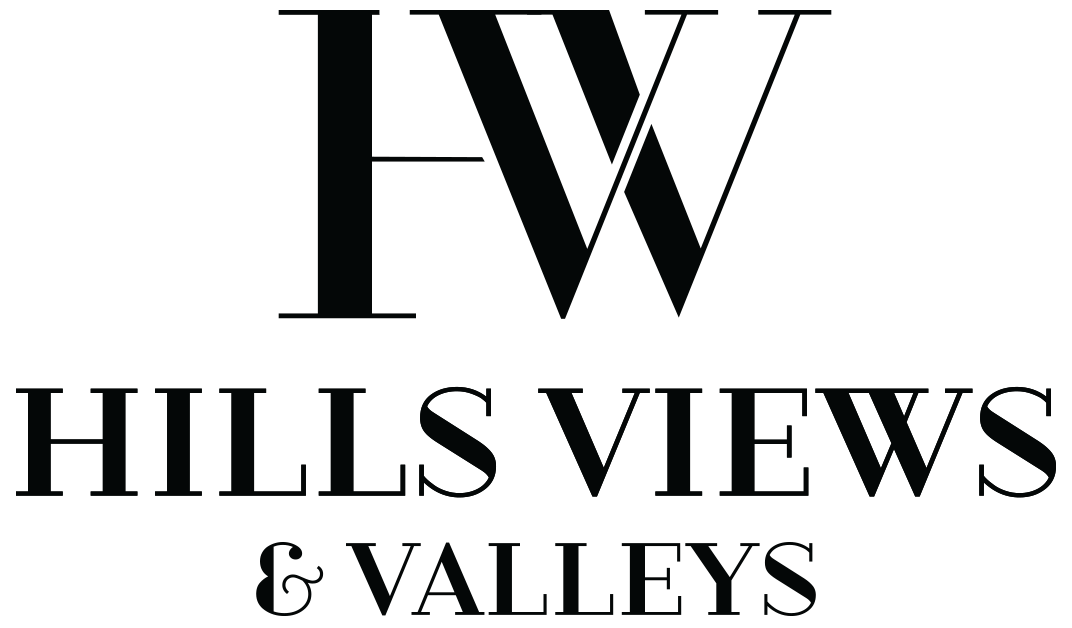

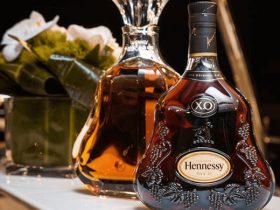
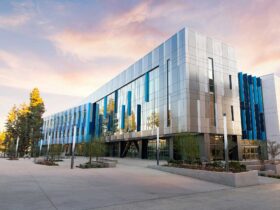



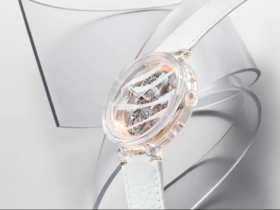
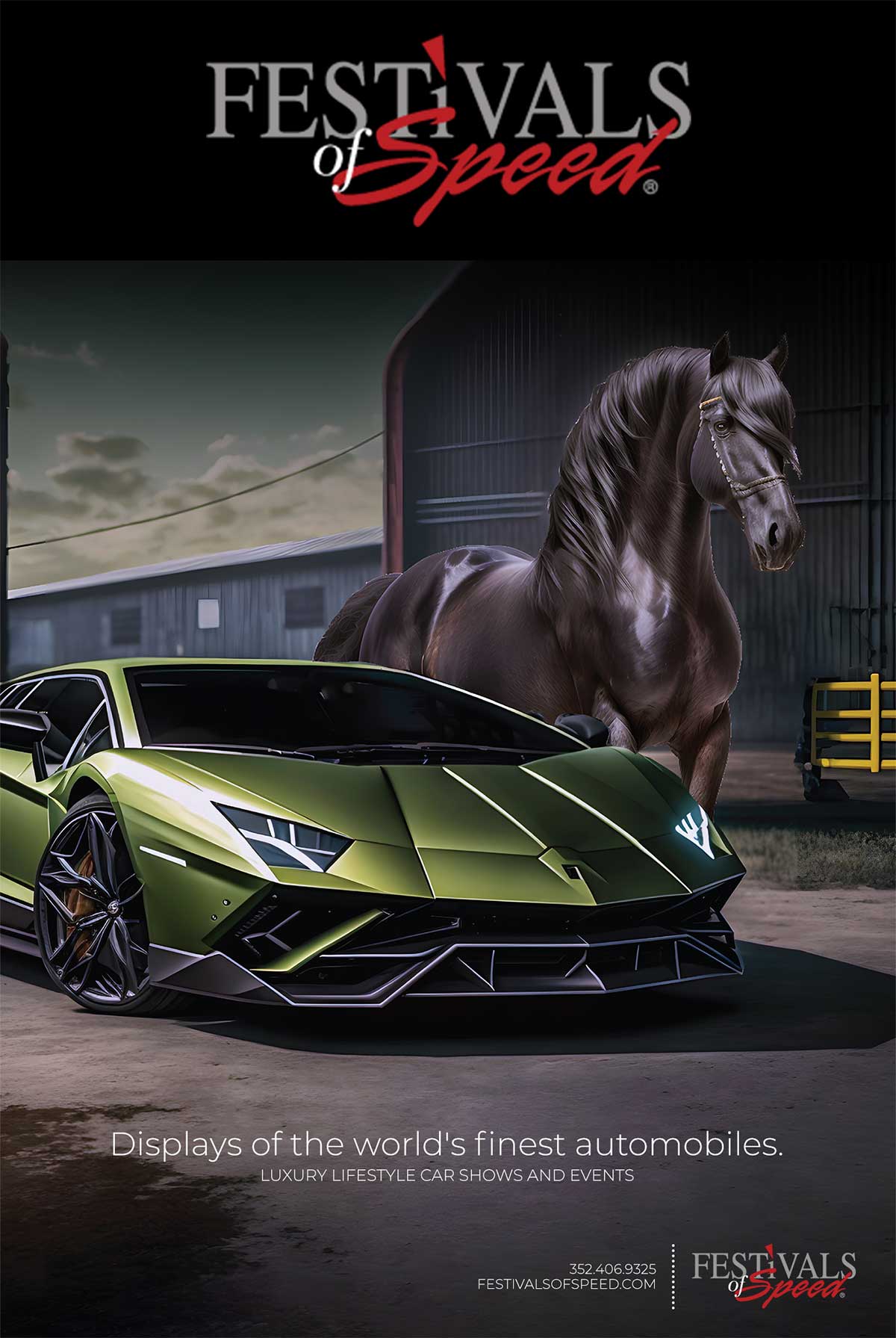
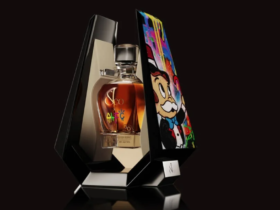
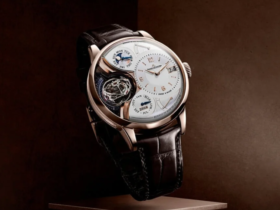
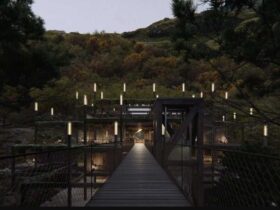
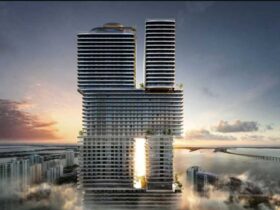

Leave a Review